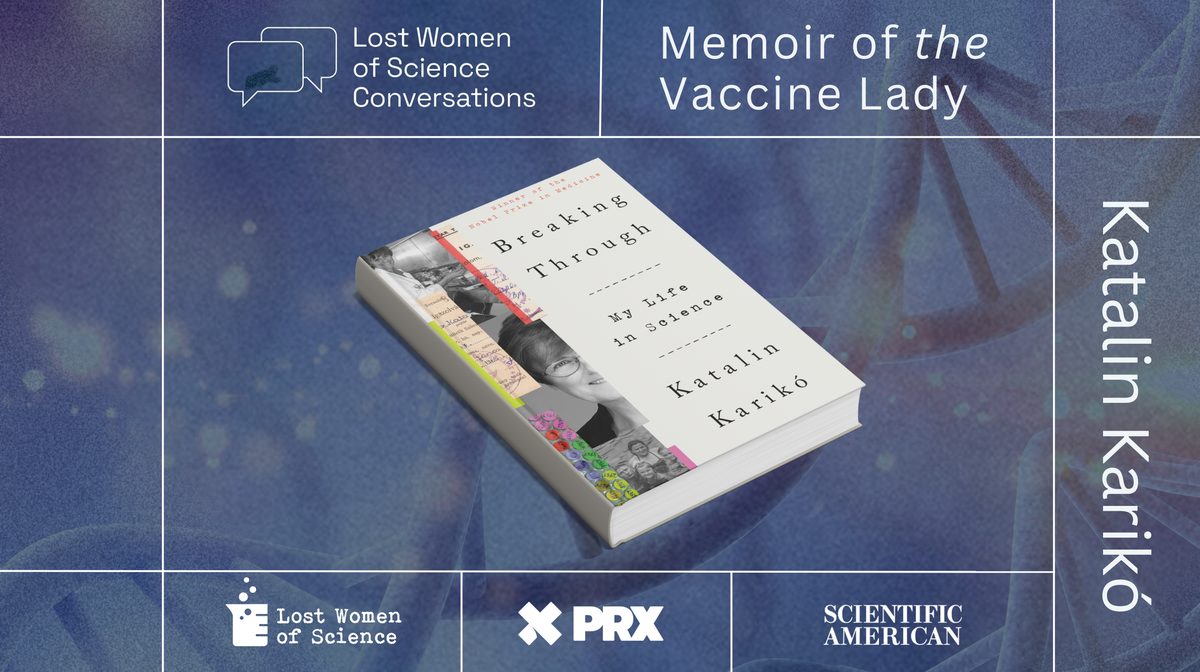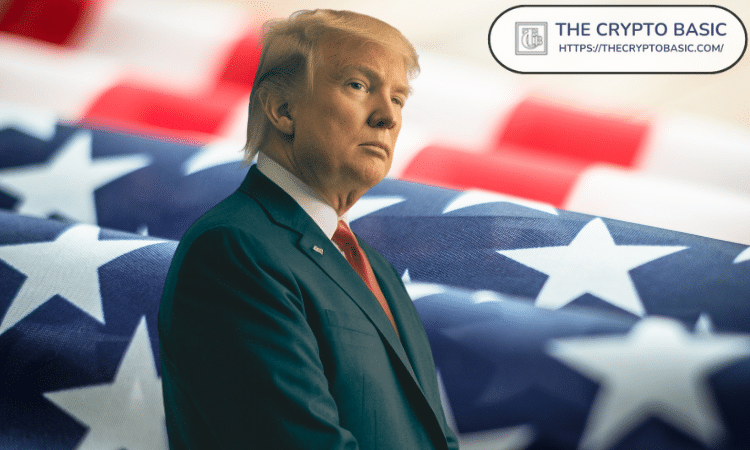The sun has set—again—on U.S. net neutrality, the principle that all Internet traffic should be treated equally. Last week a federal appeals court panel ruled that the Federal Communications Commission cannot classify Internet service providers, or ISPs, in a way that would prevent them from favoring certain content over others. Without net neutrality, providers would be able to slow down, or throttle, traffic to competitors’ websites. Or ISPs could demand payment for speedy connections to specific Internet destinations.
The new ruling, made by a three-judge panel of the Sixth Circuit Court of Appeals, spells the apparent end of FCC enforcement of net neutrality, which began in 2015 when the agency adopted the Obama-era Open Internet Order. That order defined ISPs as telecommunications providers, requiring them to act in the “public interest” under FCC supervision. Two years later that order was killed by the Trump administration’s FCC, only to be revived under President Joe Biden, by FCC vote, in April 2024.
Net neutrality advocates include consumer watchdog and free speech groups, as well as World Wide Web inventor Tim Berners-Lee. “The Web is yours,” he wrote in Scientific American in 2010. “It is a public resource on which you, your business, your community and your government depend.” Netflix, YouTube and other video-streaming giants have also supported net neutrality; they benefit when they don’t have to pay extra for their content to load quickly. (Estimates vary, but streaming probably accounts for at least two thirds of all Internet traffic.)
On supporting science journalism
If you’re enjoying this article, consider supporting our award-winning journalism by subscribing. By purchasing a subscription you are helping to ensure the future of impactful stories about the discoveries and ideas shaping our world today.
Internet operators that manage the Web’s cell towers and cables, however, strongly oppose net neutrality—and they celebrated Thursday’s ruling. In the decision, the judges cited Loper Bright Enterprises v. Raimondo, the Supreme Court case that overturned the so-called Chevron deference in June; this means courts no longer need to heed expertise at the FCC or other federal agencies to interpret ambiguity in laws.
The FCC now says net neutrality’s fate ultimately lies with Congress. “Consumers across the country have told us again and again that they want an internet that is fast, open, and fair,” FCC chair Jessica Rosenworcel said in a news release. “With this decision it is clear that Congress now needs to heed their call, take up the charge for net neutrality, and put open internet principles in federal law.”
Net neutrality may now appear well beyond FCC control—but that does not mean this principle is dead, says computer scientist David Choffnes, who directs the Cybersecurity and Privacy Institute at Northeastern University. “We can always keep collecting data, keep observing what’s happening, go to our representatives, tell them that this matters and find a solution,” he says. For a start, Choffnes and some of his colleagues have created an app named Wehe, which anyone can download to test for net neutrality breaches. It has been used to perform more than 2.5 million tests since 2017. Choffnes says Wehe has detected traffic throttling in the U.S. and censorship in a handful of nations elsewhere—censorship being “throttling to a bandwidth of zero,” he explains. Choffnes spoke with Scientific American about the consequences of the court’s decision.
[An edited transcript of the interview follows.]
Net neutrality can mean different things to different people: it has been described in mechanical terms as the practice of blocking or throttling speeds to certain websites or the policy of treating the Internet like a public utility—or, to take the free-market view of someone such as Ajit Pai, former FCC chairman under President Donald Trump, the use of ISP restrictions that are unnecessary and stifling. How would you define it?
By and large, the idea is that your network providers aren’t going to treat your Netflix traffic differently than Hulu traffic or differently than Facebook or TikTok. All Internet traffic is treated the same. And it’s that principle, this idea of openness and neutrality, that was a large contributor to why the Internet has been so successful.
How does Wehe work?
When your apps send network traffic, they don’t declare themselves as Netflix or YouTube or Hulu. It’s just Internet traffic. It’s data going to some server that’s given a name, which is a number. And those numbers, those servers, these IP addresses are reused by lots of services. So how do [network providers] know that it’s Netflix and not Hulu or Peacock?
We found that the answer was that they were looking for certain parts of the network traffic where the domain name was revealed. Think netflix.com for Netflix, as an example. [ISPs] have these devices in their networks that would look for this text…, and if they found this match in your network traffic in the first few [data] packets, then they’d say, “Oh, I have decided this is now YouTube traffic—and I’m going to slow it down.”
Because we know these devices are not looking at the IP addresses—they are just looking for text in the network traffic itself—we record everything that is sent between a real app like Netflix and its servers. We then load up our app and our own servers with that information.
Our app will send exactly what the Netflix app sent, and our server will respond exactly with what the Netflix server responded. From the perspective of these devices in the cell networks that are doing this kind of application detection, our network traffic looks exactly like Netflix.
Then, back-to-back, we repeat the experiment again, except we flip all the 0’s and 1’s. The way things are represented in Internet traffic is, at a very basic level, 0’s and 1’s. We just flip them. It’s the most efficient way to undo any patterns, anything [an ISP] might be looking for.
Lo and behold, if one of these networks is, say, targeting Netflix and slowing it down, you’ll see that when our network traffic looks like Netflix, you get a certain throughput. And when it doesn’t, you usually get a much higher throughput.
Then we run some statistical analysis to come up with a reliable, validated way of saying, “Yeah, this was a big difference.” This wasn’t just, you know, random chance that you saw this big difference. We’ll say this is, in a technical term, “differentiation.” But the more popular term is “net neutrality violation.”
A paper you presented at an August 2019 conference analyzed measurements from more than 126,000 people who used Wehe from January 2018 to January 2019. In it, you and your colleagues identified 30 ISPs in seven countries, including the U.S., that throttled streaming at popular websites such as YouTube. But that was out of a total of 144 ISPs, and you wrote that “major broadband providers in the U.S.” (Comcast, for instance) do not differentiate traffic based on content. What else have you found?
We’ve had 2.5 million tests since we started this thing, covering a lot of countries. Nevertheless, the high-level takeaways from that snapshot six years ago are mostly the same as what they are today.
What we see in the U.S. is not censorship, [but] every wireless provider, and by that I mean either cell provider or long-range wireless or satellite wireless, they all have at least one subscription plan where we have users who run tests, and they see differentiation. They see some video streaming apps are slowed down. We found fixed-line providers are not doing this.
Would you have any insight into why throttling doesn’t seem to be the case for broadband providers, but it does for the wireless ones?
All I can do is speculate. I think for broadband, that’s clear that the bandwidth is not very scarce.
On the wireless side, traditionally, the issue has been that spectrum is scarce. (And spectrum is just a stand-in for bandwidth.)
Historically, maybe it made sense to try to limit how much video streaming bandwidth was being used. At a certain time, it would make sense that this was a strain on their networks.
Today you go to mobile providers’ websites, and they’ll tell you about their fast 5G networks and how much bandwidth they have. I don’t think it’s scarce anymore. That was the whole point of these evolutions of our cellular technologies: to remove that bandwidth limitation. I’m not convinced that that’s still a problem.
Your Wehe project has continued, and it now tracks traffic to apps like Zoom. Have you seen any changes after state net neutrality laws went into effect? (States with such laws include California, Oregon and Washington State.)
The answer is no. No matter what rules were passed, at the federal or state level, we have found no evidence that there’s any change in behavior in these networks.
I think the states have passed these laws probably haven’t done anything because they’re waiting to see what happens—if this decision really is the death knell for FCC rules.
How is last Thursday’s decision going to affect Internet traffic?
In the short term, I don’t expect there to be any change because network providers never change their behavior in response to any laws or rules that we’ve seen passed since we’ve been collecting data.
Are you invigorated to continue your work? Or do you feel like you have an additional burden to shoulder?
I’ll preface this by saying of this has all happened before. The research [behind this project] was started before the 2015 Open Internet Order. And we’ve had the Wehe app out in the world since 2017, so I’ve seen net neutrality rules created, rescinded, challenged in court, put on hold. I’ve seen it all at this point…. [My response is] more … “I’m tired of this being how things are going.”
My sense of this project has always been that we need to have this transparency. When things are opaque, when nobody can check on what companies are doing, what we tend to find is that they’re doing something that is not in the interest of the consumers who use them. I’m not saying all companies are evil, and I’m not saying that when they do bad things that they did it with malicious intent. But the important fact is that bad stuff happens, and if you don’t know about it, you can’t fix it.









Leave a Comment